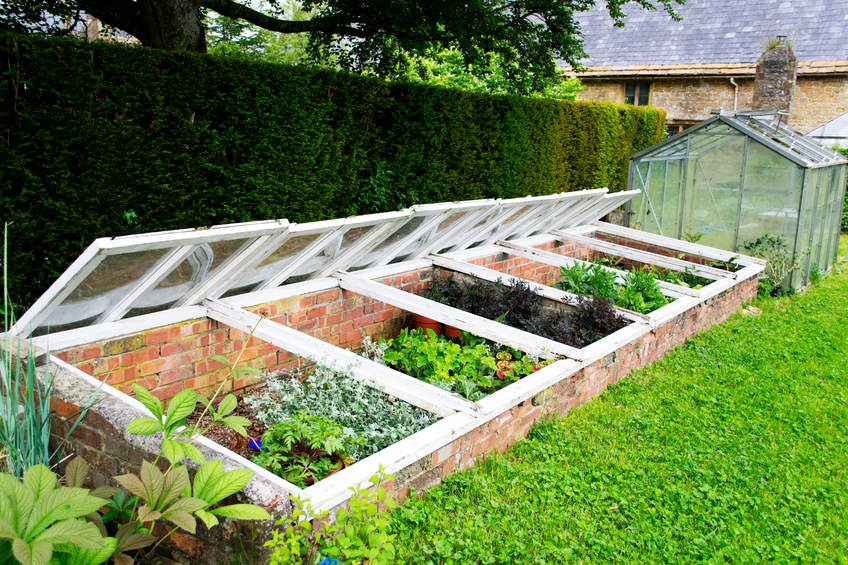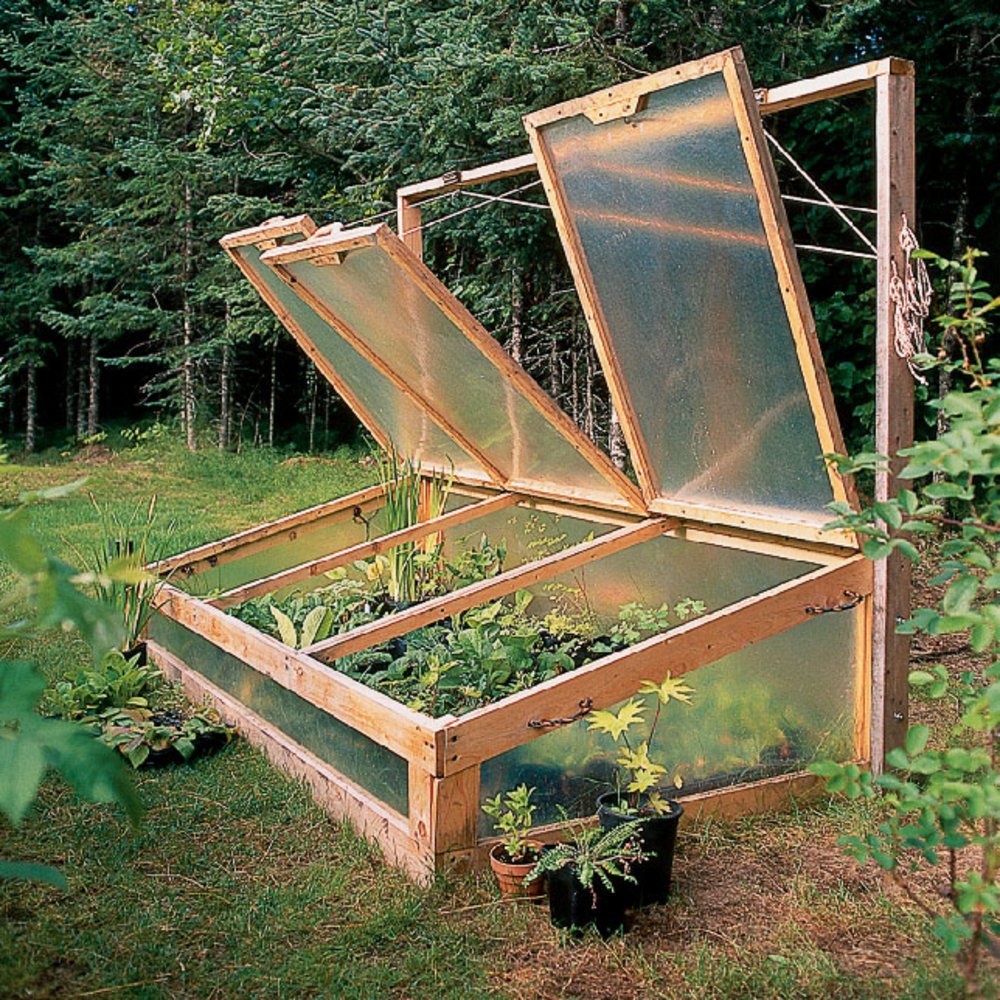Crafting a Festive Wooden Christmas Star
Add a touch of rustic charm to your holiday decor with a handcrafted wooden Christmas star. This project is perfect for beginners and offers a rewarding experience. By combining simple woodworking techniques with a dash of creativity, you can create a unique and beautiful ornament that will adorn your home for years to come.
Gathering Your Supplies
Before you embark on this festive crafting journey, gather the essential supplies:
- A piece of wood, preferably 1/4 inch thick and in a shape suitable for your star design. You can use plywood, pine, or any other readily available wood.
- A pencil or pen for marking the star pattern.
- A jigsaw or coping saw for cutting the star shape.
- Sandpaper in various grits (80, 120, and 220) for smoothing the wood.
- Wood glue for securing any loose pieces.
- Paint or stain in your desired color (optional).
- A paintbrush or sponge for applying paint or stain (optional).
- A clear sealant (optional).
- A string or ribbon for hanging the star.
Designing Your Star
The first step is to decide on your star's design. Do you prefer a classic five-pointed star or a more intricate shape? You can find free star patterns online or sketch your own. If you're using a pattern, trace it onto the wood using your pencil. Remember to leave a little space around the outline for your cutting lines.
Cutting the Star Shape
With your design firmly etched onto the wood, it's time to bring your vision to life. Carefully place the wood onto a stable surface and use your jigsaw or coping saw to cut along the marked lines. Take your time and ensure precise cuts for a clean and polished final product. Be mindful of the direction of the grain when cutting to avoid chipping or splintering.
Smoothing the Edges
After cutting, it's important to smooth the edges of your star. Use sandpaper to gently remove any rough or sharp edges. Start with a coarse grit (80) for removing larger imperfections and gradually work your way up to finer grits (120 and 220) for a smooth finish. You can also use a sanding block for greater control and evenness. Remember to sand all edges and corners for a polished look.
Adding Color and Texture
Now, it's time to enhance your star with a touch of color or texture. If you choose to paint, apply a thin layer of your desired color using a paintbrush or sponge. Allow the paint to dry completely before applying additional layers if needed. For a rustic touch, use a stain to highlight the wood's natural grain patterns. Apply the stain with a brush and let it dry thoroughly.
Finishing Touches
To protect your star from wear and tear and enhance its durability, consider applying a clear sealant. This will create a barrier against moisture and dust, ensuring your creation remains beautiful for years to come. Use a sealant specifically designed for wood and follow the manufacturer's instructions for application and drying time.
Hanging Your Festive Star
With the final touches complete, it's time to prepare your star for display. Attach a string or ribbon to the top of the star for hanging. You can use a small nail or a hook to securely fasten your star to the desired location. For a rustic look, consider using twine or burlap ribbon to tie the star to a branch or create a garland.
And there you have it - a handcrafted wooden Christmas star, a symbol of the holiday season, ready to illuminate your home with rustic charm.





















